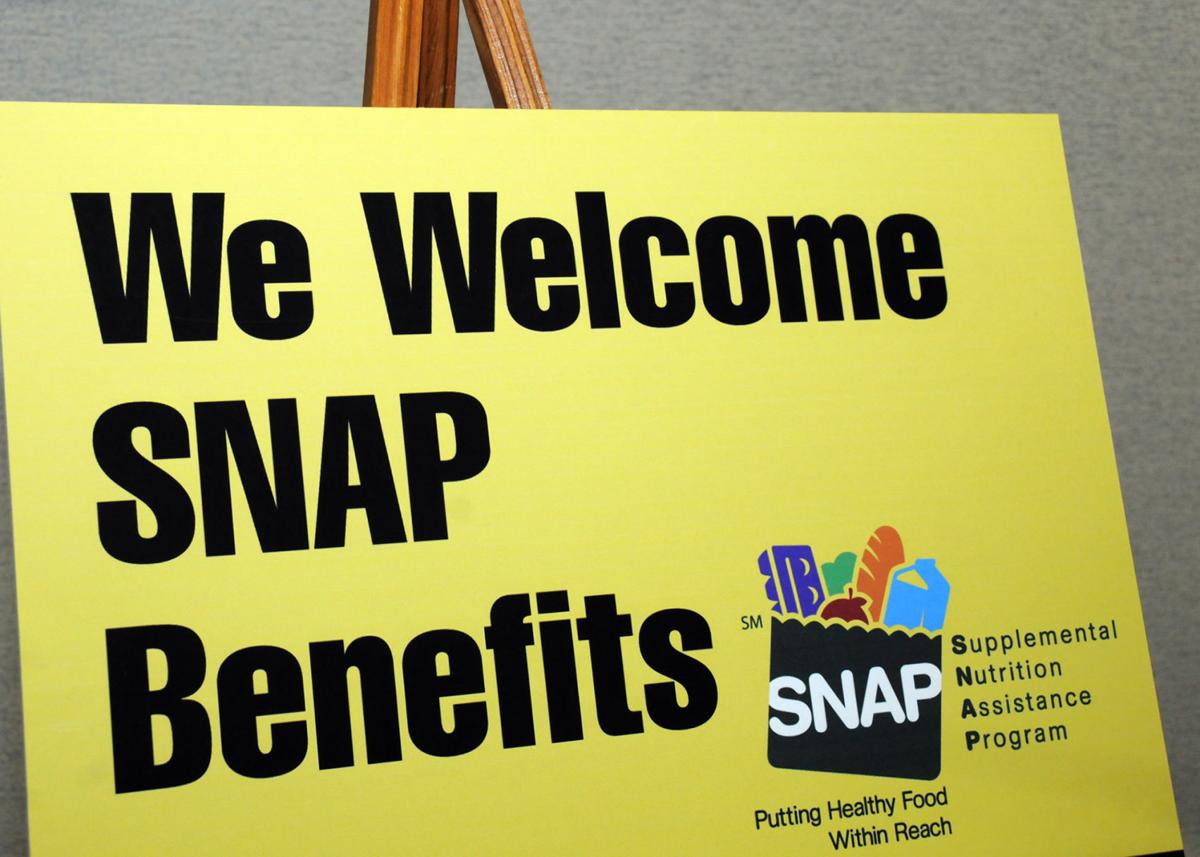An estimated 30,000 Arizonans could lose access to food assistance under a federal proposal that would change how states determine eligibility for the Supplemental Nutrition Assistance Program, says an analysis from the Association of Arizona Food Banks.
SNAP benefits, commonly known as food stamps, generally operate under the same rules nationwide. But federal law gives states flexibility to tweak income and asset limits when administering SNAP benefits, so recipients — nearly 70% of whom are families with children — can pursue modest increases in earnings or savings without losing food assistance.
This policy is known as “broad-based categorical eligibility,” and it can save both state officials and prospective recipients time and effort. Households that already have met requirements to qualify for certain low-income programs, such as Temporary Assistance for Need Families, can automatically qualify for SNAP without applying separately.
The new rule proposed by the U.S. Department of Agriculture on Tuesday would virtually eliminate flexibility in approving SNAP benefits in the 40-plus states, including Arizona, that use categorical eligibility.
If approved, the move would cut the SNAP benefits of up to 3.1 million Americans and save the U.S. about $2.5 billion a year, according to the USDA.
“Obviously, we have some grave concerns,” Angie Rodgers, president of the Association of Arizona Food Banks, said of the proposal.
“Of the 30,000 people we believe this could impact in Arizona, those people are, in large part, low-wage workers and their families, and seniors as well. We want to make sure that as you start to climb up the economic ladder, you still have an opportunity to put food on the table and be a healthy and productive worker.”
Small rise in income could end food AID
Rodgers used a fictional single parent of two children, working full time for $12.50 an hour, or about $26,000 a year, to illustrate the potential impact of dramatically cutting back broad-based categorical eligibility.
Federal law allows households earning up to 130% of the poverty line — about $27,700 for the example family of three — to qualify for SNAP benefits.
In Arizona, the family could earn up to 185% of the federal poverty line and still qualify for at least some SNAP benefits, assuming other expenses, such as rent or child care, significantly pushed down net earnings.
If the parent received a $1 raise to $13.50 an hour, the state could gradually decrease the family’s SNAP benefits under current rules. If Arizona had to strictly comply with the 130% threshold, the household could lose SNAP benefits entirely.
The USDA proposal also would affect savings.
Federal SNAP rules limit “countable assets” to $2,250, or $3,500 for households where someone is elderly or has a disability.
Right now, using broad-based categorical eligibility, Arizona and more than 20 other states have eliminated asset caps to encourage SNAP recipients to save.
An “egregious” case spurred change
Assets were the central issue in the “egregious” case that prompted the USDA proposal, according to the agency. It involved “a millionaire living in Minnesota who successfully enrolled in the program simply to highlight the waste of taxpayer money,” officials said.
The man, Rob Undersander, said he received food stamps for 19 months despite owning property and maintaining several bank accounts. As a retiree who didn’t collect Social Security, his income was low, and Minnesota doesn’t put a cap on assets for recipients.
“The proposed rule would fix a loophole that has expanded SNAP recipients in some states to include people who receive assistance when they clearly don’t need it,” the USDA news release said, claiming states hadn’t exercised due diligence before approving some SNAP recipients.
“The American people expect their government to be fair, efficient and to have integrity,” the agency said. “That is why we are changing the rules, preventing abuse of a critical safety net system, so those who need food assistance the most are the only ones who receive it.”
Analysts have countered that a case like Undersander’s, where an individual has little income but an extensive asset portfolio, is extremely rare.
In recent years, the Congressional Budget Office has estimated that broad-based categorical eligibility accounts for 2% to 5% of SNAP costs and 5% to 8% of SNAP participation nationwide.
“The (USDA) press release is very slanted and fails to mention that most persons who qualify for categorical eligibility are the working poor, the elderly and persons with disabilities,” said Ellen Sue Katz, director of the nonprofit William E. Morris Institute for Justice. “It is a very important option.”
Federal officials will accept public comments on the proposal during a 60-day period, which began Wednesday.
A spokesman for the Arizona Department of Economic Security, which administers SNAP benefits, said the agency didn’t “want to speculate on the impact a proposal may have, as the details of such a proposal may not be entirely defined or may be subject to change.”
To submit a comment, visit regulations.gov and search for “Revision of Categorical Eligibility in the Supplemental Nutrition Assistance Program.”





